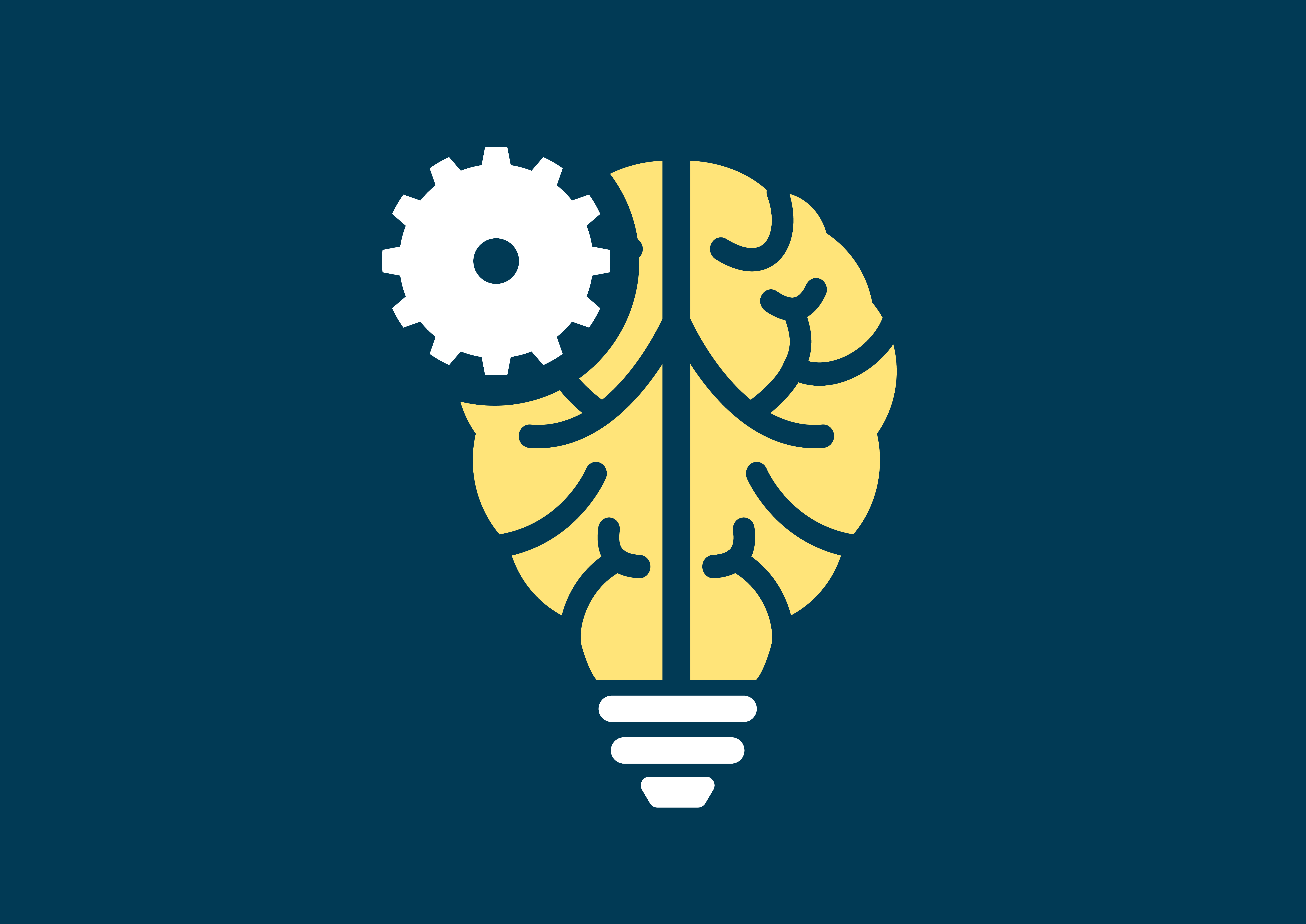Blitz News Digest
Stay updated with the latest trends and insights.
Machine Learning: The New Wizardry in Data Sorcery
Unleash the magic of machine learning! Discover how data sorcery transforms insights into wizardry that shapes our future.
Understanding Machine Learning: How Algorithms Mimic Human Intelligence
Understanding Machine Learning begins with recognizing how algorithms are designed to replicate certain aspects of human intelligence. At its core, machine learning involves training algorithms on vast amounts of data, allowing them to identify patterns and make predictions. This process mirrors how humans learn from experience, gradually improving their decision-making abilities over time. For instance, when a machine learning model is fed with numerous images of cats and dogs, it learns to distinguish between the two animals by analyzing their features such as fur patterns, shapes, and colors.
One of the key components that enable algorithms to imitate human intelligence is the use of various learning methods. These methods can be categorized into different types, including supervised, unsupervised, and reinforcement learning. Supervised learning utilizes labeled datasets to help algorithms make predictions based on input data, while unsupervised learning uncovers hidden structures in unlabeled data. Reinforcement learning, on the other hand, allows algorithms to learn through trial and error by receiving feedback from their environment. By employing these strategies, algorithms become increasingly sophisticated, allowing machines to tackle complex tasks that were once thought to be the exclusive domain of humans.

The Magic Behind Machine Learning: Key Algorithms Explained
Machine learning has revolutionized the way we process and analyze data, leveraging complex algorithms to enable systems to learn from experiences. At the heart of this technology are several key algorithms that drive its capabilities. For instance, supervised learning algorithms utilize labeled datasets to make predictions, with popular methods including linear regression, decision trees, and support vector machines. These algorithms help in tasks such as classification and regression, making them essential for applications in finance, healthcare, and marketing.
On the other hand, unsupervised learning algorithms operate on unlabeled data, identifying hidden patterns and groupings without prior knowledge. Techniques like k-means clustering and hierarchical clustering fall under this category, allowing businesses to segment customers or detect anomalies in data. Additionally, reinforcement learning stands out as a unique paradigm where an agent learns by interacting with its environment through trial and error. Understanding these fundamental algorithms is crucial for anyone looking to harness the full potential of machine learning.
Is Machine Learning the Future of Data Analysis?
As technology continues to evolve, machine learning is increasingly becoming the cornerstone of modern data analysis. With its ability to process vast amounts of information quickly and efficiently, machine learning algorithms can identify patterns and trends that might be missed by traditional analytical methods. This capability not only enhances the speed of data processing but also improves the accuracy of predictions, making it an invaluable tool for businesses and researchers alike. In an era where data is generated at an unprecedented scale, leveraging machine learning techniques is essential for staying competitive.
Moreover, the potential applications of machine learning in data analysis are vast and varied. From predictive analytics that forecast customer behavior to anomaly detection in financial transactions, the integration of these technologies is transforming how organizations make decisions. As more industries recognize the value of utilizing machine learning for data insights, it is becoming clear that this field will play a critical role in shaping the future of data analysis. The combination of enhanced computational power with innovative algorithms positions machine learning at the forefront of data-driven decision-making.